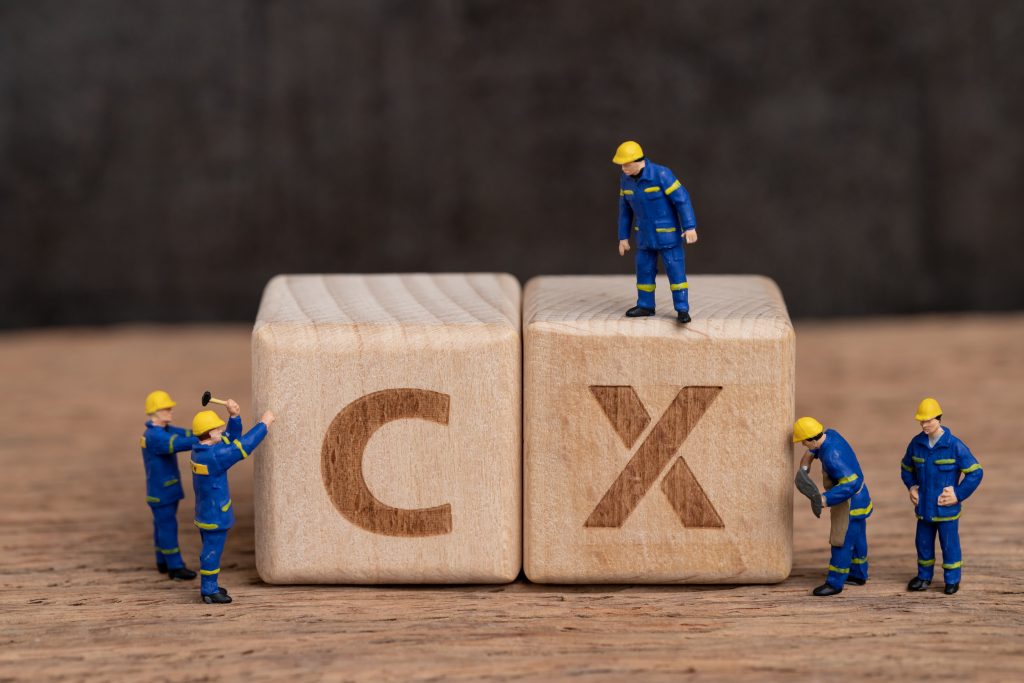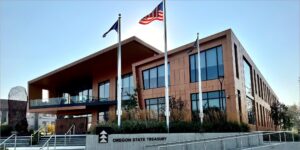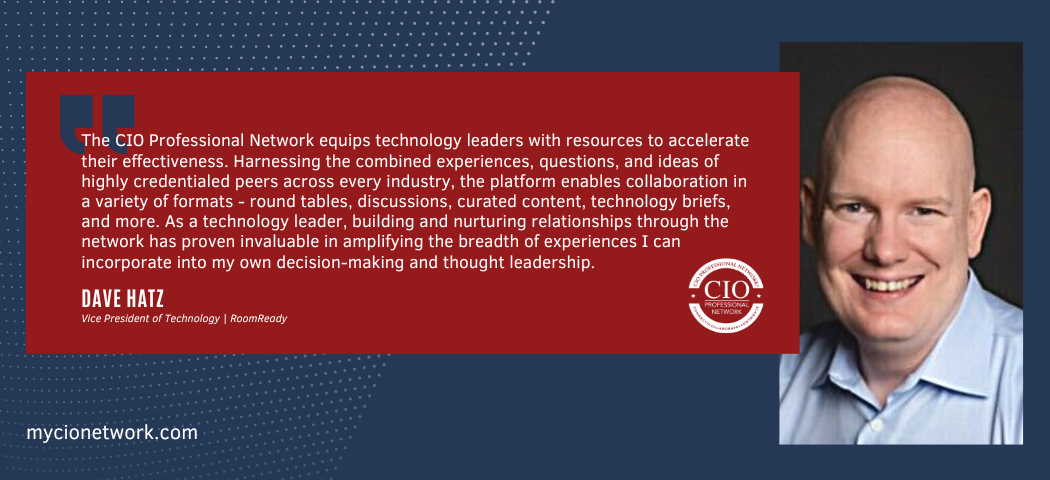“My computer is slow today.”
How many times have we heard this expression whether you are standing in a queue waiting for a service or even during an online interaction? While this may be a casual comment, it has made me think about the impact of technology on customer experience. In this article, I want to share my perspective on the role of technology and consequently the role of the CIO in delivering a great customer experience.
Good Service Is Not Good Experience
Recently, I went to a store to make a return on an online purchase I had made. The store associate was nice and polite but suggested that there will be a 10% restocking fee if I returned an online purchase. This was a piece of furniture and nowhere did I recall reading such a policy.
Rather than getting into an argument with the store associate, I called the 800 number on my ticket while at the store. The agent on the call was apologetic and offered to remedy the situation by providing a full refund and asking me to leave the furniture in the store. If you were asked the question, “did the call center agent provide good service?”, you would be hard-pressed to disagree. But if you asked the question, “did you have a good experience with the returns process?” – you would have a different answer.
What this example illustrates is that service is about a point-in-time interaction, whereas experience is a collective interaction across all touchpoints with a brand. So, a great experience is afforded when every aspect of the customer touchpoint provides easy, consistent, and frictionless engagement. The delivery of rich experience across the spectrum of customer interactions often is highly reliant on Technology. This presents a great opportunity for CIOs to play a pivotal role in enhancing customer experiences for the brands that we represent.
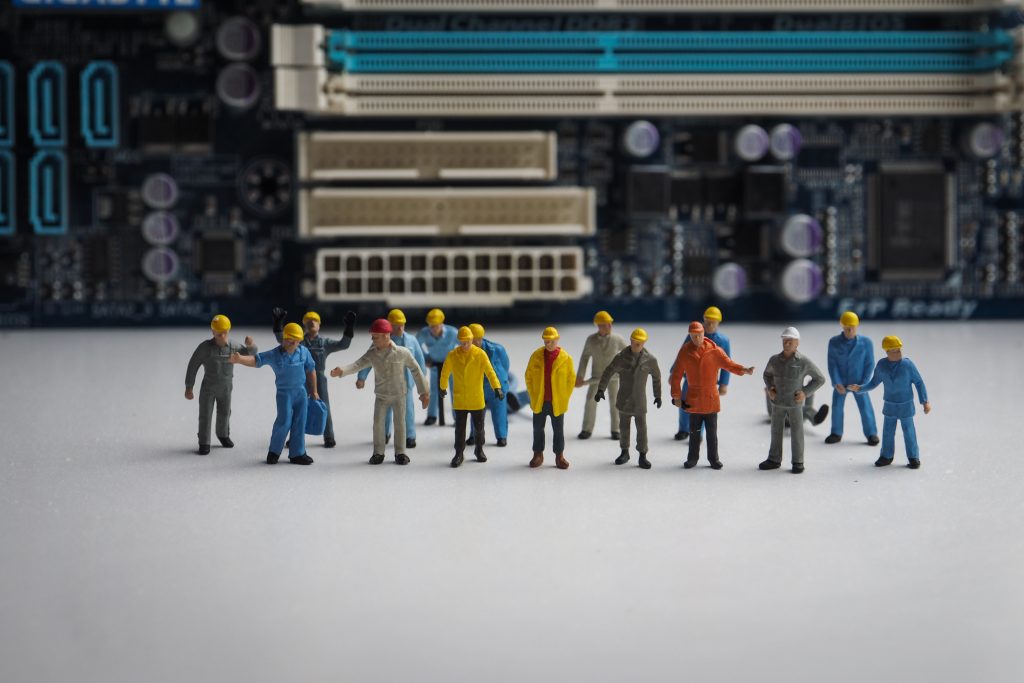
Start with Associates
Going back to the “my computer is slow” example, it is important to understand how important it is that our employees have a positive experience with technology. If our employees don’t have the appropriate tools, access to information, or it is cumbersome to use, then this is a recipe for a bad customer experience.
You can gain insights by “walking in the shoes” of employees that interact with customers. This may mean shadowing a cashier or listening on a customer service line or walking through their process map. This not only provides an appreciation for front-line work but can offer CIOs meaningful insights that improve employees’ experience.
A better employee experience is a sure-fire way to translate to a better customer experience.
Map the Journey End-to-End
Journey mapping builds upon the familiar processes of capturing customer needs with associated feature development but looks at the requirements from an “outside-in” perspective. Typically, organizations look to deliver the best experiences within the constraints of existing operations i.e. “inside-out”, and fall short in execution. An end-to-end customer journey considers the entirety of the business operations (such as processes, policies, services, etc.) across organizational silos and aligns with desired customer experience outcomes. For example, if the desired outcome is to empower service agents to provide incentives to appease a customer and resolve issues on the first call, then it may involve other stakeholders (Finance, Marketing, Risk Management, etc.) that may not typically be involved in feature development.
CIOs can lead the conversation with other executives and cross-functional leaders and be a great influencer in bringing the organization together to improve customer experiences.
User Experience (UX)
No matter how cool the technology or how seamless the process is, if it’s not easy then it’s unlikely to succeed. In a recent conference, I heard Marvin Ellison, President and CEO of Lowe’s, quote, “The most effective technology is [the] technology that no one sees. All the customer knows is that the transaction was easy.” I couldn’t agree more. User experience is often confused with Customer Experience. UX is primarily focused on user interaction within a certain context – like a website, mobile app, interactive voice, kiosk, etc. Common contributing factors to a user experience include ease of use, contextual information, and clarity of outcome. Arguably, user experience is the precursor for the overall experience. For our discussion here, UX applies to all employee interactions as well. CIOs can apply tools that are generally adopted for websites and mobile apps (such as wireframes, personas, etc.) and apply techniques such as Design Thinking, Agile (user stories) to all customer interfaces to ensure a great UX.
“The most effective technology is [the] technology that no one sees. All the customer knows is that the transaction was easy.”
Marvin Ellison, President & CEO of Lowe’s
Do-Measure-Iterate
Customer experience is not a destination but an ongoing journey. Consumer expectations are constantly evolving, and new technologies create new capabilities. Metrics are important to establish and sustain customer experience initiatives. Examples of metrics include financial measures (sales conversions), performance measures (speed, ease), behavioral measures (clicks, search, exits). The great thing about improving customer experience is that it can start anytime, anywhere, and in a minimalistic way. Generally, there is minimal to no resistance to this idea and CIOs can champion this effort as an organizational imperative or start small within the IT eco-system.
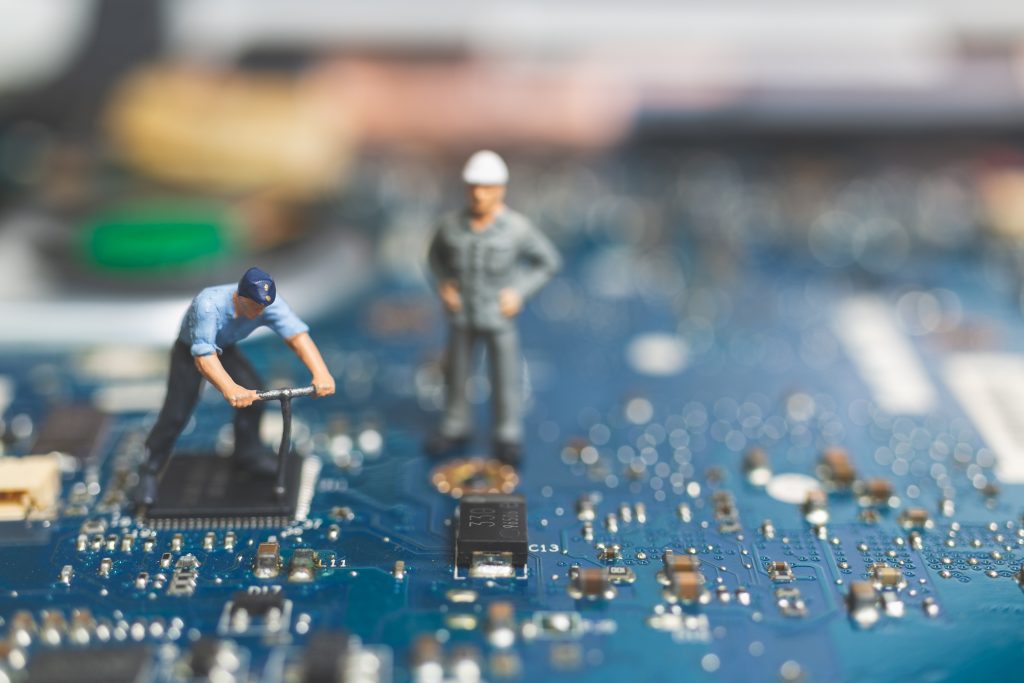
And finally cross the T (Technology)
An “outside-in” approach to customer experience informs the necessary technology architecture and support infrastructure. System and data integrations are well established, and CIOs can better plan for scale, availability, and performance. As noted earlier, technology is a critical factor for an organization to deliver on customer experiences and CIOs who are on the front end of this are more likely to get the technology stack right and successful in delivering great customer experiences.
According to a study from McKinsey & Co. organizations that had mature customer experience functions showed nearly double the revenue and shareholder returns of their direct competitors.
With research showing that customers are willing to pay more for a great experience, as CIOs we have a great opportunity to both lead and deliver customer experience initiatives – that not only ensure the success of the technology function but more importantly the overall success of our companies and associated business models.


